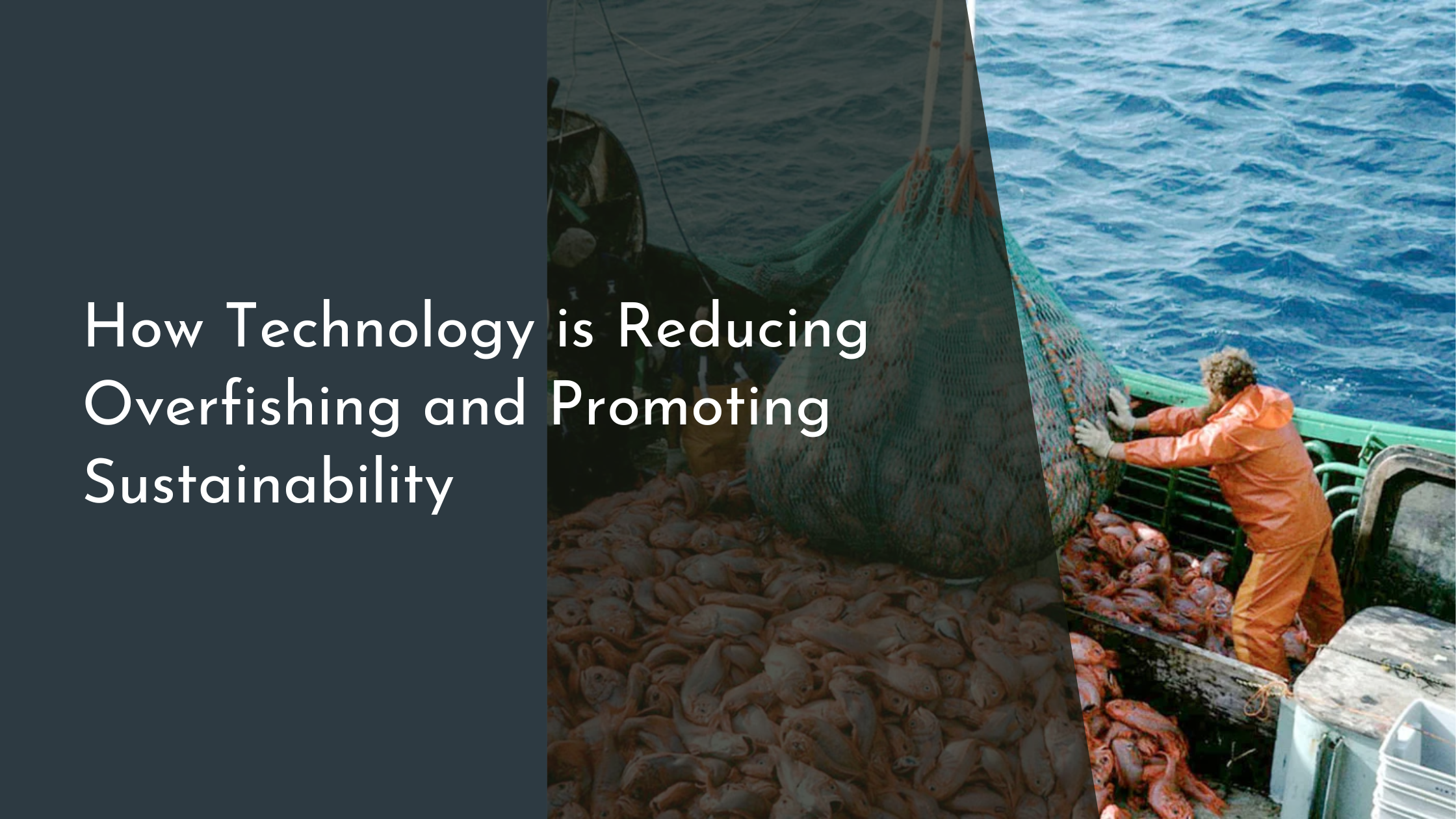How Technology is Reducing Overfishing and Promoting Sustainability
Overfishing has long been a critical issue threatening marine ecosystems, leading to the depletion of fish populations and the disruption of oceanic balance. However, with technological advancements, we are witnessing a positive shift towards sustainable fishing practices. From innovative tracking systems to the use of artificial intelligence, technology is paving the way for more responsible fishing, ensuring that future generations will continue to benefit from the ocean’s bounty. Let’s explore how these technologies are revolutionizing fisheries and promoting sustainability worldwide.
Innovative Tracking Systems in Modern Fisheries
The advent of satellite technology and advanced GPS systems has significantly transformed the fishing industry. Innovative tracking systems now allow fisheries to monitor fishing vessels in real-time, ensuring compliance with legal regulations and reducing illegal fishing activities. These tracking systems provide precise data on vessel location, speed, and fishing activities, which are crucial in preventing overfishing and ensuring that fishing quotas are adhered to. By doing so, they help maintain fish populations and protect sensitive marine habitats from overexploitation.
Beyond monitoring, these systems enhance transparency and accountability within the industry. With data on fishing patterns and behaviors, authorities can identify suspicious activities and address them promptly. Moreover, consumers benefit from this transparency as they can trace the journey of their seafood from ocean to plate, ensuring it was sourced sustainably. This traceability not only encourages responsible buying habits but also pressures fisheries to adopt ethical practices, fostering a more sustainable industry overall.
AI and Big Data: Predicting Fish Populations
Artificial intelligence (AI) and big data analytics are revolutionizing how scientists and fisheries manage fish populations. By analyzing massive datasets collected from various sources, such as satellite imagery, oceanographic data, and historical fishing records, AI can predict fish population trends with remarkable accuracy. These insights enable fisheries to make informed decisions about when and where to fish, allowing them to avoid over-exploited areas and focus on regions with healthy fish stocks.
The predictive capabilities of AI also aid in the development of dynamic management strategies. For example, if a fish population is found to be declining, fisheries can adjust quotas or implement temporary bans to allow stocks to recover. This proactive approach helps maintain ecological balance and ensures the long-term viability of marine resources. Furthermore, AI’s continuous learning algorithms improve over time, leading to even more precise predictions and enhancing the sustainability of our oceans.
Sustainable Aquaculture: A Growing Solution
Aquaculture, or fish farming, is emerging as a key solution to meet the global demand for seafood without putting additional pressure on wild fish populations. Advanced technologies in aquaculture, such as recirculating aquaculture systems (RAS) and offshore aquaculture, allow for the efficient and sustainable production of fish and other marine species. These systems minimize environmental impacts and optimize resource use by recycling water, using non-fish feed alternatives, and employing eco-friendly waste management practices.
In addition to reducing pressure on wild fisheries, sustainable aquaculture promotes biodiversity by allowing the cultivation of a diverse range of species. This diversity reduces the ecological risks associated with monoculture practices and supports the overall health of marine ecosystems. As technology continues to improve, aquaculture can expand sustainably, providing a valuable source of nutritious seafood while safeguarding the oceans’ natural resources.
Collaborative Global Efforts to Protect Oceans
Addressing the issue of overfishing requires concerted efforts from governments, NGOs, and the fishing industry worldwide. Technology plays a crucial role in these collaborative efforts by facilitating communication and data sharing across borders. For instance, international databases and platforms enable countries to share information on fishing activities, stock assessments, and best practices, promoting a unified approach to sustainable fisheries management.
These global collaborations are supported by various technological tools such as online portals and mobile applications that engage stakeholders and the public in conservation efforts. By raising awareness and encouraging community involvement, these initiatives foster a sense of stewardship among individuals and businesses alike. As more countries commit to protecting their marine environments, these collaborative efforts are essential in creating a sustainable future for our oceans.
Technology is proving to be a powerful ally in the fight against overfishing, offering innovative solutions and fostering global cooperation. By embracing these advancements, we can ensure that our oceans remain healthy and vibrant for generations to come. With continued investment in technology and a commitment to sustainable practices, the fishing industry can thrive alongside marine ecosystems, paving the way for a future where humans and nature coexist harmoniously.

